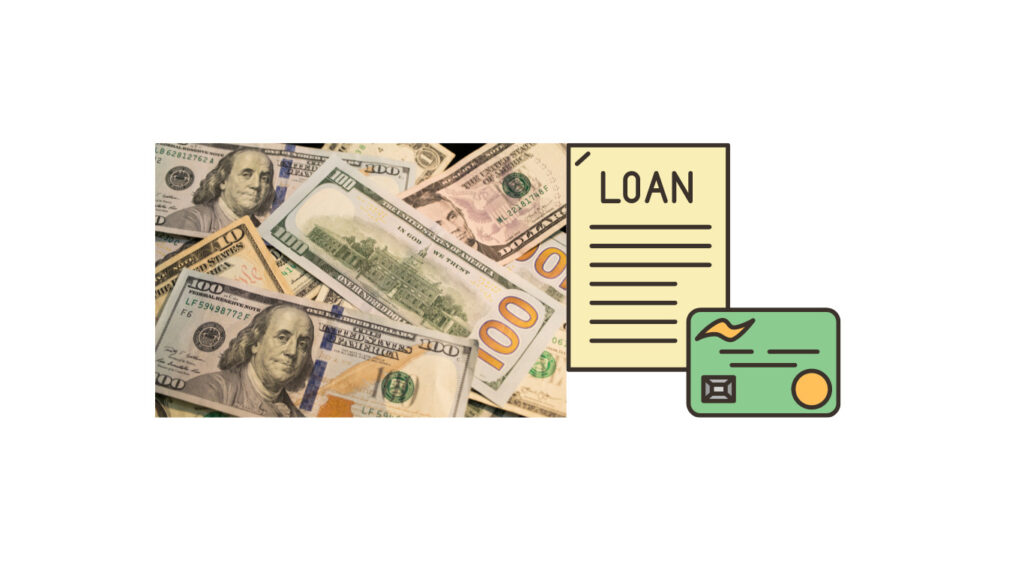A commercial real estate loan (CRE loan) is a type of mortgage that can be used to finance the purchase or sale of an existing building, as well as property improvements related to certain investments in real estate. These loans are most commonly used by investors who want to invest in commercial buildings for leased purposes, such as bank branches and shopping malls.
What Is a Commercial Real Estate Loan?
A commercial real estate loan is a loan that an organization takes out to buy, improve or refinance real estate. The specific type of loan varies depending on the property being purchased, but in general it is a long-term loan secured by both real estate and the building’s equity.
Commercial real estate loans are generally more expensive than mortgages for homes because they require far more collateral than a typical home mortgage. The main difference between a commercial real estate loan and other types of loans is that commercial loans are secured by the property itself rather than just its title.
Loan Repayment Schedules
The loan payment schedule is typically set out in a written agreement that outlines the repayment schedule and amount of money the homeowner will owe at the end of each month.
The monthly mortgage payment includes interest, property taxes and insurance costs, but does not include other expenses such as maintenance or repairs.
Commercial Real Estate Loan Interest Rates and Fees
Interest rates on commercial loans are generally higher than on residential loans. Also, commercial real estate loans usually involve fees that add to the total cost of the loan. Here’s a list of common fees:
Origination fee – The lender charges an origination fee to compensate it for its time and trouble. This fee can be up to 2 percent of the loan amount and is typically paid monthly by borrowers.
Points – Points are paid to the lender as compensation for providing creditworthy borrowers with lower interest rates and other benefits. The amount varies from lender to lender, but in general it’s about 1 percent of the loan amount.
Loan discount points (LDP) – LDP is another form of points that allows lenders to pay less interest on their loans over time, instead of paying full interest upfront like with traditional LPI programs. It’s typically paid monthly by borrowers and is typically based off a percentage of equity in your property or some combination thereof.
Private mortgage insurance (PMI) – PMI protects lenders against losses if you default on your loan. It’s typically paid monthly by borrowers and covers any unpaid principal balance above
Prepayment
A commercial real estate loan may have restrictions on prepayment, designed to preserve the lender’s anticipated yield on a loan. In general, prepayment penalties are assessed in the following manner:
If you make a partial payment or a full payment before the maturity date of your loan without informing the lender in writing, then you will pay the full amount of your outstanding balance.
If you make two or more partial payments with no prior notice to the lender and do so during a grace period, then you will owe interest on those payments but not any additional penalty for prepayment.
If you make two or more partial payments with prior notice and do so during a grace period, then you will owe additional interest for each month that passes between your initial payment and when it is due (which can be up to 60 days after the first payment).
Conclusion
Commercial loans are uncommon and complex, with higher risk involved. That said, when put in the right hands, they can be a valuable source of financing for properties across the United States. Finding a commercial lender that knows how to assess risk and act appropriately is imperative to success with this type of loan.

